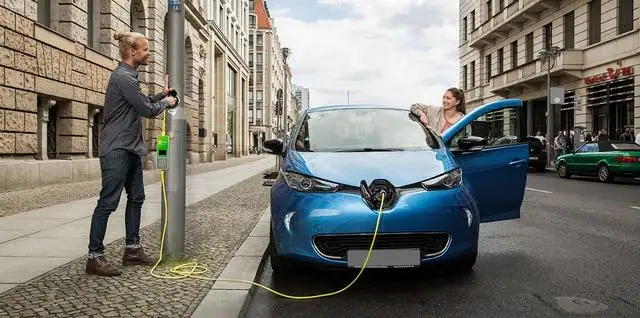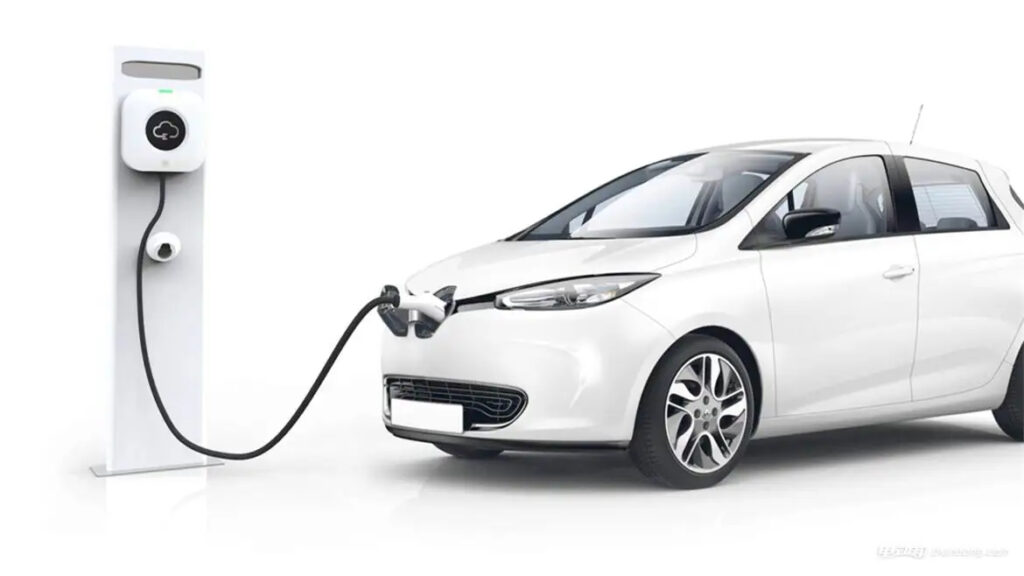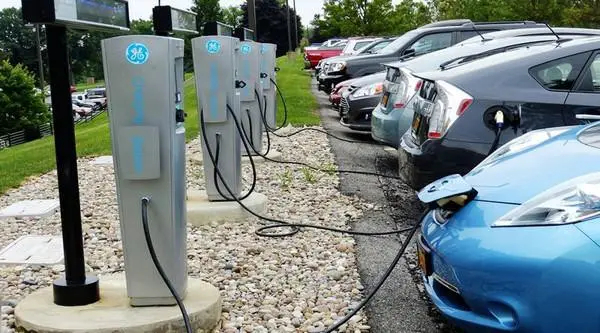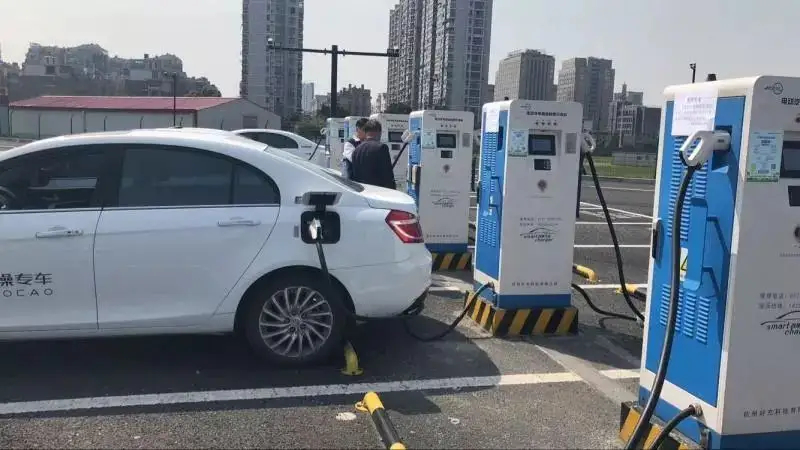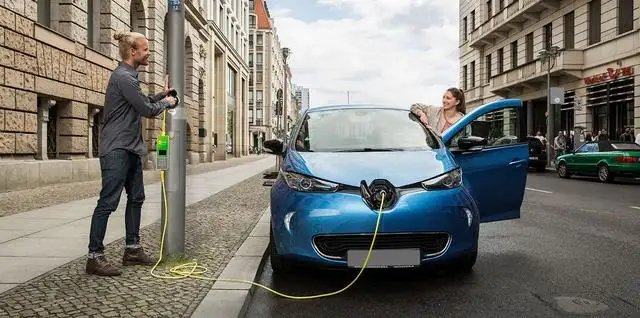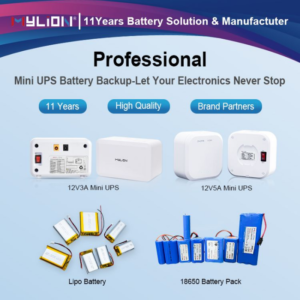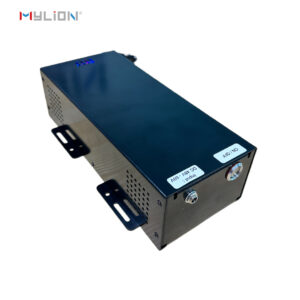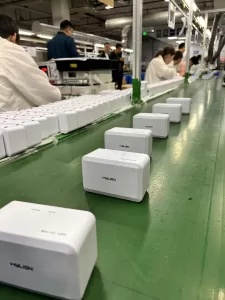The car battery is an essential part of driving, without it, the car cannot start, so it is very important to ensure that the car battery is charged. How to charge the car battery is the key to car battery maintenance, so how to charge the car battery? Let us briefly introduce the charging method of the car battery for our friends. There are two ways to charge a car battery: the first charge for a new battery and a second charge. At present, new car batteries generally do not need to be charged. Use the car battery to charge it regularly.
How to charge a new car battery
Connect the positive side of the battery to the positive side of the power supply and the negative side of the battery to the negative side of the power supply.
The initial charging is carried out in two stages: first, the electrolyte is charged with the initial charging current until bubbles are released from the electrolyte, and the single-cell voltage rises to 2.3-2.4V. Then reduce the current to 1/2 of the initial charging current, and continue to charge until the electrolyte releases violent bubbles, and the ratio and voltage remain stable for 3 hours. The total charging time is about 45-65h. The temperature is controlled at 35-40 ℃. When the initial charging is completed, if the specific gravity of the electrolyte is not in compliance with the regulations, it should be adjusted with distilled water or an electrolyte with a specific gravity of 1.4. After adjustment, charge for 2 hours until the specific gravity meets the requirements.
After a new battery is charged for the first time, it often cannot reach its capacity and should be discharged. Discharge at a discharge rate of 20 hours, then replenish the charge current until sufficient. If the capacity is still lower than 90% of the rated capacity after one charge-discharge cycle, another charge-discharge cycle should be performed.
The steps to charge the car battery are as follows: First, adjust the battery liquid level to the specified height with distilled water or battery-specific replenishing fluid. Before charging, connect the battery to be charged according to the rated voltage and rated current of the charging device. The total voltage of the batteries connected in series cannot be greater than the rated voltage of the charging equipment. The charging current of constant current charging is selected according to the battery capacity. Constant current charging is performed in two stages. The charging current in the first stage is one-tenth of the rated capacity of the battery, and the charging current in the second stage is one-twentieth of the rated capacity of the battery. After the battery is fully charged, check the battery’s electrolyte density. If the density of the electrolyte does not meet the requirements, the electrolyte in the primary battery can be drained first; if the original density is too low, a concentrated electrolyte with a relatively high density can be added. If the original density is too high, it can be diluted with distilled water. After adjustment, the liquid level height should meet the regulations. Some car owners think that fast charging can save time, only 3-5 hours. In fact, fast charging just activates the surface of the battery quickly, but in fact the battery is not fully charged. In addition to fast charging, there is also a slow charging that takes 10-15 hours. Those batteries with large losses must be charged slowly, otherwise insufficient charging time and insufficient charging capacity will directly affect the driving performance of the car.
Car Battery Charging Precautions Although charging is a fairly simple operation, there are some caveats: 1. Wear protective clothing when charging lead-acid batteries. 2. When charging, there should be no sparks near the car battery, and smoking is prohibited. 3. When charging one or more car batteries in parallel, the charger voltage should not exceed 16v. If the crossover cables touch each other, the cables could melt, damage the battery, or even cause a fire. During charging, the battery may generate explosive gases such as hydrogen.
Pay attention to how to judge whether the battery of the new car is fully charged, and the trilogy to judge whether the new battery is fully charged: if the electrolyte is “boiled”; and bubbles appear at the same time, indicating that the charging is complete. Measure the voltage value of a single battery. If the voltage does not fluctuate within 3 seconds and reaches 2.7V, then charging is complete. Measure the relative density of the electrolyte. If the density does not fluctuate within 3 hours and reaches the maximum value, the charging is complete. This is caused by the charging process. When the battery voltage reaches 2.4V, almost all the lead sulfate on its plates has been converted into lead dioxide and lead, respectively. If charging is continued, the electrical energy will cause the decomposition of water, producing hydrogen and oxygen, which are violently released in the form of bubbles, forming a “;boil”; state. Due to the slow combination of hydrogen ions and electrons on the negative plate, a large number of hydrogen ions accumulate near the negative plate, resulting in a potential difference of 0.33 volts between the plates of the electrolyte, thereby increasing the voltage of a single battery to about 2.7V, and due to the extremely The lead sulfate on the plate has been completely converted, and the relative density of the electrolyte will not increase. Remember the positive and negative terminals of each battery. Positive extremes are marked with a plus sign, and negative extremes are marked with a minus sign.
How to Charge a Car Battery – Introduction Connect each end of a positive jumper cable to the positive terminals of both car batteries. Positive jumper cables are usually red if not specifically indicated. Connect one end of the positive jumper cable to an uncharged battery and the other end to a fully charged battery. Connect one end of the negative jumper cable to a fully charged battery. In most cases, the negative jumper cables are black. Connect the other end of the negative jumper cable to a grounded metal part of the car. This way, the tired car can start. You can connect the ground cable to the frame, chassis, or other parts that are sufficiently clean and free of paint or oxidation.
Start the car engine with a normal battery. At the same time as the engine is started, the car’s charging system starts charging the dead battery via the crossover cable. After starting, charge the engine for at least 5 minutes. This will cause the dead battery to start charging itself, although it will take longer to fully charge the battery. Try starting a depleted car engine. If the jumper cables and the battery being charged have enough power, the car engine can start lightly. If it does not start successfully, please charge the battery for 5 minutes. Remove jumper cables in the reverse order of connection to avoid sparks or explosions. If you started by connecting the negative jumper cable to the negative terminal of the non-electric battery, remove it at the end. A depleted car should start for at least 5 minutes so that the alternator can charge the battery. After starting the car, drive or idle for at least 20 minutes. Occasionally, the battery can be fully charged during this period; if the battery is insufficient to drive the car, a new battery may need to be replaced.
mylion lifepo4 battery: https://myliontech.com/category/life-po4-battery/

